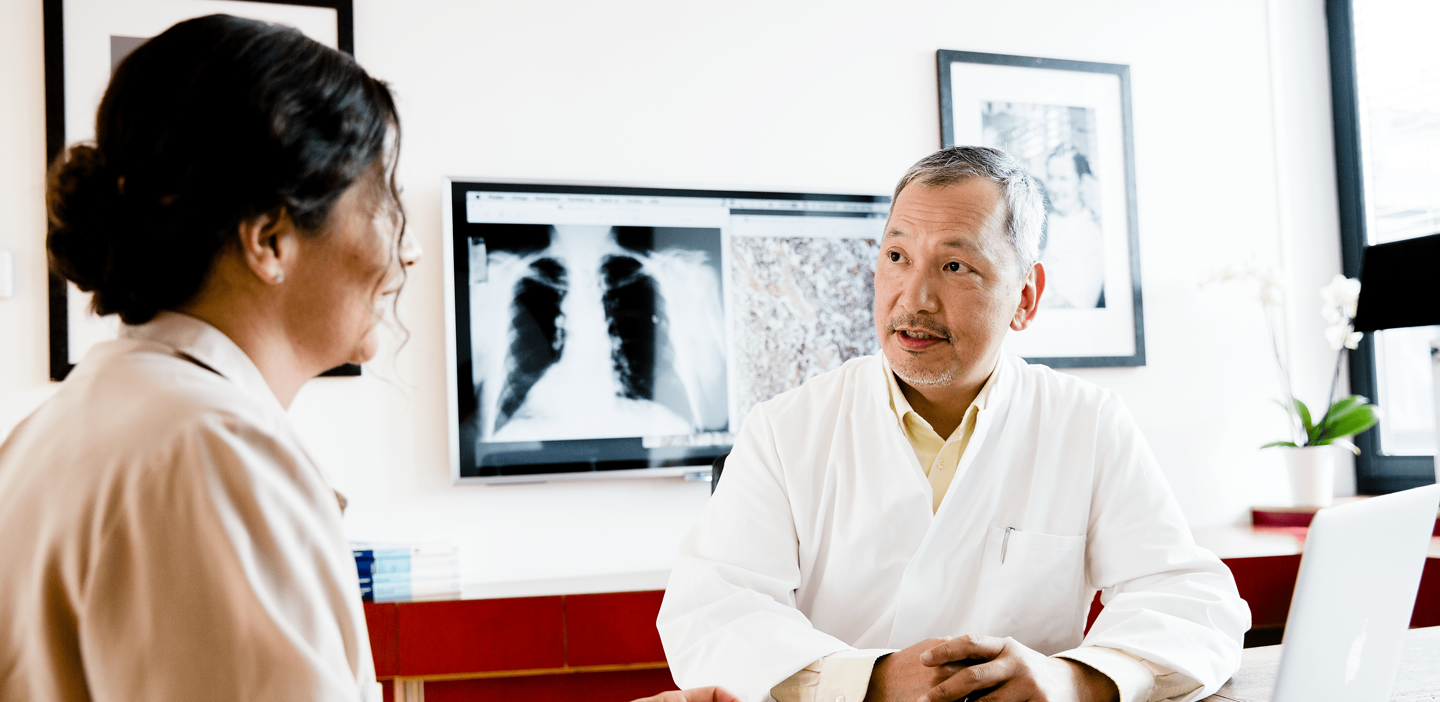As tuberculosis continues to place a significant healthcare and socioeconomic burden on the world, the World Health Organization (WHO) has pushed the need for increasing the availability of molecular diagnostics to help eliminate the epidemic by 2030.


